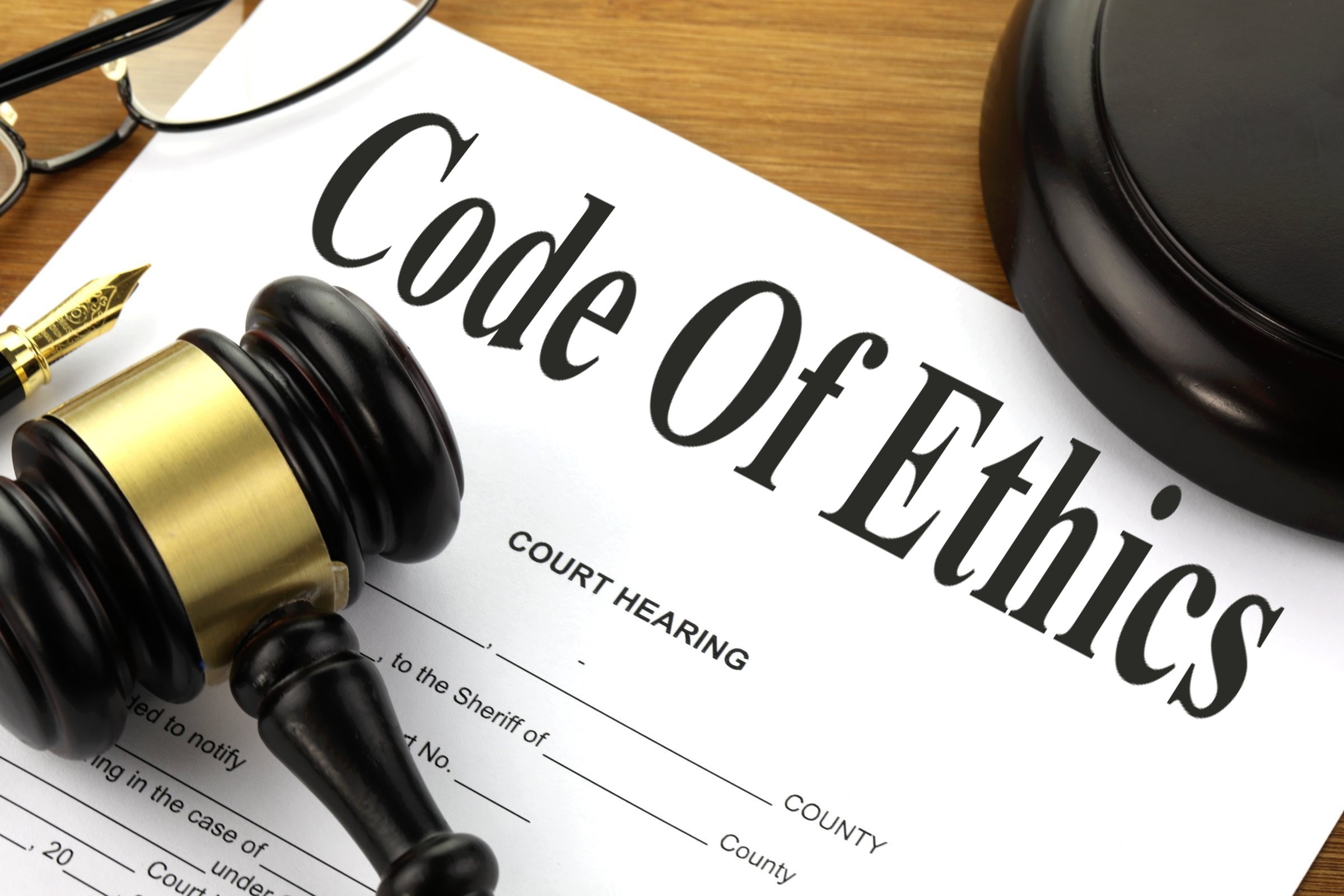Introduction
The Israel Patent Office declares that Revisions to the Israel Patent Office examination of patent applications will be annually performed. This article, part 1, relates to two issues I found worthy of discussion, inherence and Markush type claims.
Examination procedures of the Israeli Patent office are only available in Hebrew and are available here
Revision drafts will be open to comments from the public.
This draft will be open until 15 December 2017. However, some room will be allowed for later comments.
Below are my comments regarding the issues, Inherence and markush type claims.
Inherence
Current procedures do not include novelty determination based on inherence. The draft sensibly maintains that identical products would necessarily produce the same features/effect. However, it also places burden of proof to inequivalence on the Applicant. Elsewhere, for example at the USPTO, to rely on the doctrine of inherency, the examiner must provide a basis in fact and/or technical reasoning. There must be support that an allegedly inherent characteristic necessarily would be present if the teachings of the prior art were followed, even if the inherent feature would not have been recognized. I do not think that the “basis in fact/technical reasoning” includes alleging identical structures. I think practitioners in biology and chemistry will appreciate the problem here.
Markush type claims
A patent for a specific group can be obtained when a more generic group was disclosed in the prior art. Applicant must provide both examples of components in the Markush group and descriptions of the improved characteristics of the components. This seems reasonable. Sometimes no reference can be cited against any of the components of the group, in respect of novelty and inventive step. However, there may be a prior Israeli patent application pertaining to a larger group including these components.
Sections 2 and 9 of the Israeli Patent Law can then be invoked. Section 2 relates to Applicants having a patentable invention being eligible for a patent for the invention. Section 9 relates to First to File. I don’t see why this clause should be exercised. As always the two interfering applications should be examined whether they are directed to the same invention.
Another proposed amendment is that the Applicant must demonstrate an improved effect. The effect must be shown to be by all the claimed components in comparison to the larger, previously disclosed group. I find this demand to be draconian and unnecessary. The demand might entail unreasonable burden of proof, not in line with requirements in other jurisdictions. Case in point: The following were the arguments I made in a response to an office action in a Chinese application:
…Regarding claim 1, applicant posits that no further restrictions of the scope of the claim are justified. In particular, Applicant has demonstrated a synergistic cholesterol reduction effect to exist in not one, but two different species of AAA, AAA1 and AAA2, each independently of the other, with the YYY complex YYY1. Despite substantial differences in chemical structure, both AAA demonstrated the synergistic cholesterol reduction effect. Therefore, it is reasonable to extrapolate the synergy demonstrated with AAA1 and AAA2 to all AAA.
To appreciate the difference in structure between the two AAA the Examiner is kindly directed to the attachment “AAA.jpeg”, which shows the structure of AAA1 and AAA2, for which the application as filed demonstrates a synergistic effect, and another exemplaryAAA, AAA3. Note the similarity in structure between AAA2 and AAA3, compared to the relative lack of structural similarity between AAA1 and AAA2. Excluding AAA3, or any other AAA, from claim 1 as the Examiner proposes would be an unjustifiable narrowing of the claim given the structurally dissimilar AAA that have been demonstrated to produce synergistic results in the present application.
Revisions to the Israel Patent Office examination of patent applications will be further discussed in the next post.
Addendum 26 December 2017
I corresponded with the IPO (Israel Patent Office) regarding the amendments. As a result, the following has been changed. Now the standard will be somewhat more flexible. Corresponding special technical features or corresponding special technical features [should be shown by all the claimed components]. The underlined was now added. According to Examination guidelines: unity of invention, the underlined means the following. The claimed components have different technical features but achieve the same special technical effect.
I don’t think the “softening” is satisfactory and the guideline will be a problem in many Israeli patent applications. However, Israeli Patent Law does allow amendment of the specification up to allowance. Therefore, additional support can be added to demonstrate technical effect for the components.
Addendum October 22nd 2018
on that day there was a meeting at the Israeli Patent Office between life science and chemistry practitioners and the examiners of the Israel Patent Office. Regarding the demonstration of a common effect for a group of compounds: a novelty rejection will be raised if there is no clear different effect for all members of the claimed group compared to a generic group disclosed in prior art. The examiners said at the meeting that providing examples for ALL members of the claimed group may not be required. “Common sense” would be applied. I suggest that before examination commences in Israel the specification should be carefully examined. A full and clear explanation should be present regarding the similarity of structure leading to similarity of unique functionality.






